The 25 Bond Villains’s Rankings Based on Google Trends !
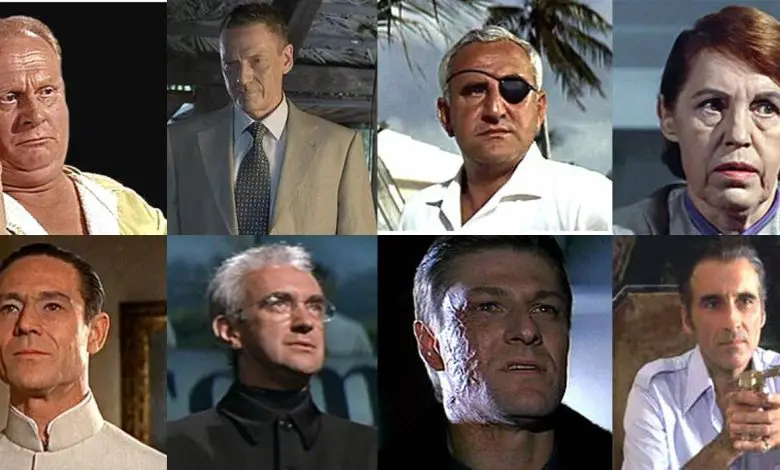
The world of James Bond is a mesmerizing blend of espionage, action, and intrigue that has captivated audiences for decades. At the heart of this cinematic universe are the unforgettable villains who stand as formidable adversaries to the suave secret agent, 007. From the cunning masterminds with grand schemes to their enigmatic henchmen, Bond villains have left an indelible mark on popular culture. In this exploration, we dive into the intricate web of Bond villains, ranking them based on their resonance in the digital age through the lens of Google Trends. Join us on a journey through the iconic rogues’ gallery that has defined the James Bond legacy.
Key Takeaways
- Timeless Charisma: Bond villains transcend generations with their timeless charisma and intricate motivations. Their allure continues to captivate audiences across eras.
- Evolution of Complexity: The evolution of Bond villains reflects the changing cinematic landscape. From one-dimensional adversaries to multi-layered characters, they mirror the shifting dynamics of storytelling.
- Cultural Relevance: Bond villains reflect societal fears, desires, and anxieties, making them a mirror to real-world events and concerns.
- Choreographed Tension: The interplay between Bond and his adversaries fuels the franchise’s tension, with personal vendettas and ideological clashes driving the conflicts.
Make The 25 Bond Villains, Ranked According to Google Trends
In the thrilling universe of James Bond, where adventure, espionage, and style collide, the villains stand as a testament to the franchise’s enduring appeal. This article takes a deep dive into the captivating realm of Bond villains, utilizing the analytical power of Google Trends to meticulously rank these characters based on their popularity. From calculating masterminds to their loyal henchmen, join us on a journey through the 25 Bond villains who have left an indelible mark on cinema and culture.
Unmasking the Enigmatic World of Bond Villains
Bond villains are more than mere antagonists; they’re architects of intrigue and chaos, wielding charisma and malevolence in equal measure. These characters span a spectrum of motivations, from world domination to personal vendettas, each driven by a unique set of circumstances and desires.
Revealing the Rankings: Deciphering Google Trends
Google Trends serves as a window into the public’s interest and curiosity. By analyzing the ebb and flow of online searches related to Bond villains, we gain insight into which villains have managed to captivate audiences across generations.
Here’s the meticulously ranked list of the top 25 Bond villains, based on their Google Trends scores:
Auric Goldfinger
-
- Portrayed by: Gert Fröbe
- Debut Film: “Goldfinger” (1964)
- Distinctive Trait: Obsession with gold; intricate scheme involving Fort Knox.
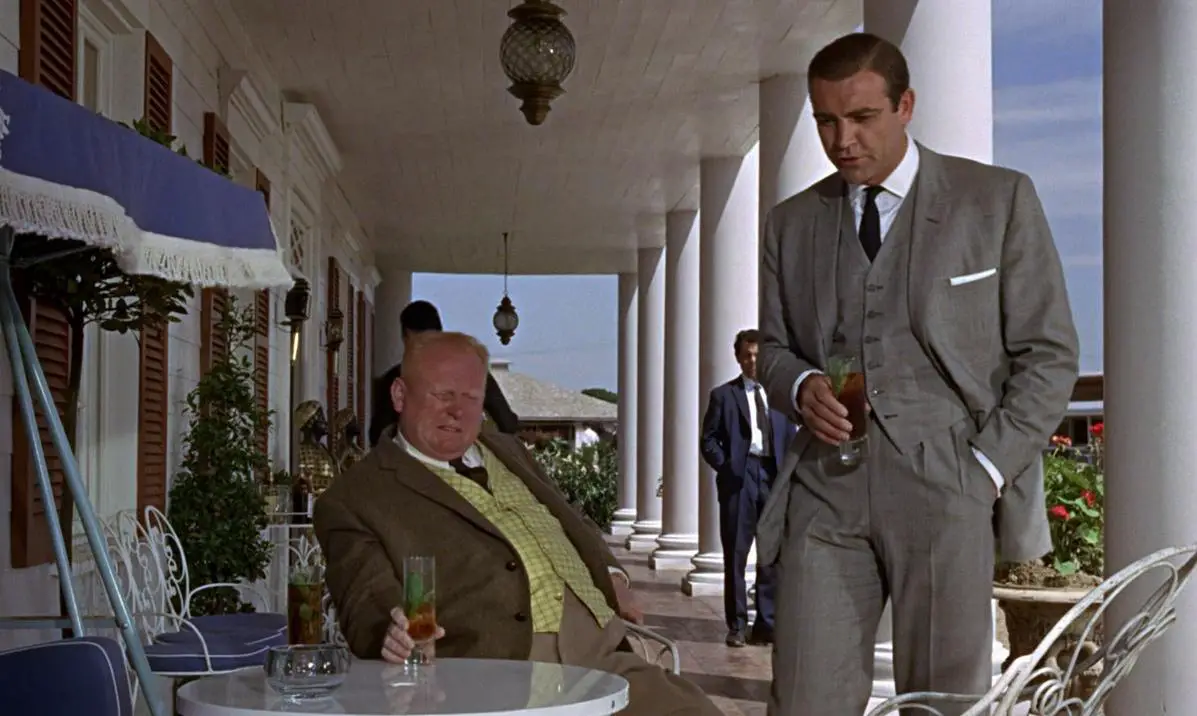
Ernst Stavro Blofeld
-
- Portrayed by: Various actors (notably Donald Pleasence, Telly Savalas, Charles Gray)
- Debut Film: “From Russia with Love” (1963)
- Distinctive Trait: Mastermind behind SPECTRE; recurring nemesis of Bond.
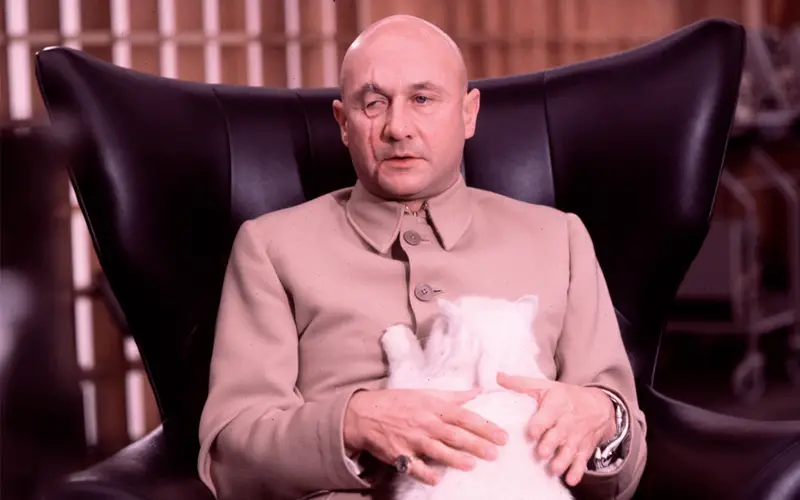
Jaws (Richard Kiel)
-
- Portrayed by: Richard Kiel
- Debut Film: “The Spy Who Loved Me” (1977)
- Distinctive Trait: Towering stature; metal teeth; iconic henchman turned antihero.
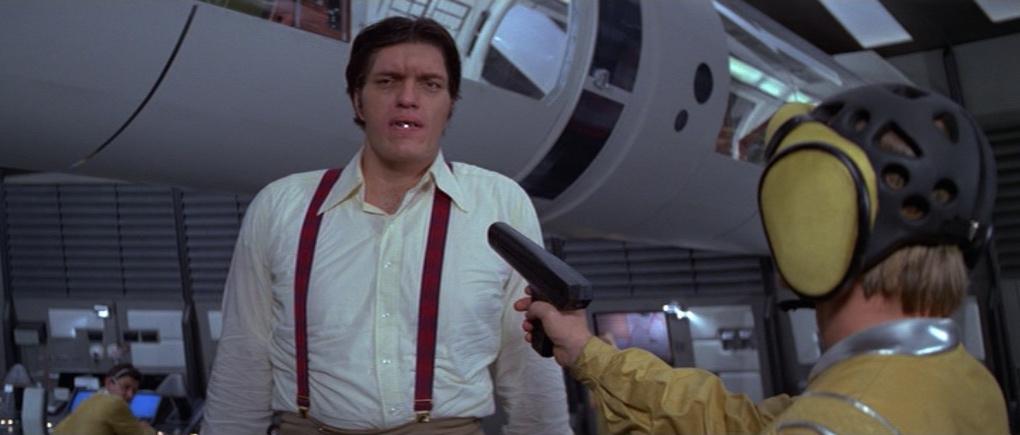
Raoul Silva
-
- Portrayed by: Javier Bardem
- Debut Film: “Skyfall” (2012)
- Distinctive Trait: Hacking expertise; personal vendetta against M and MI6.
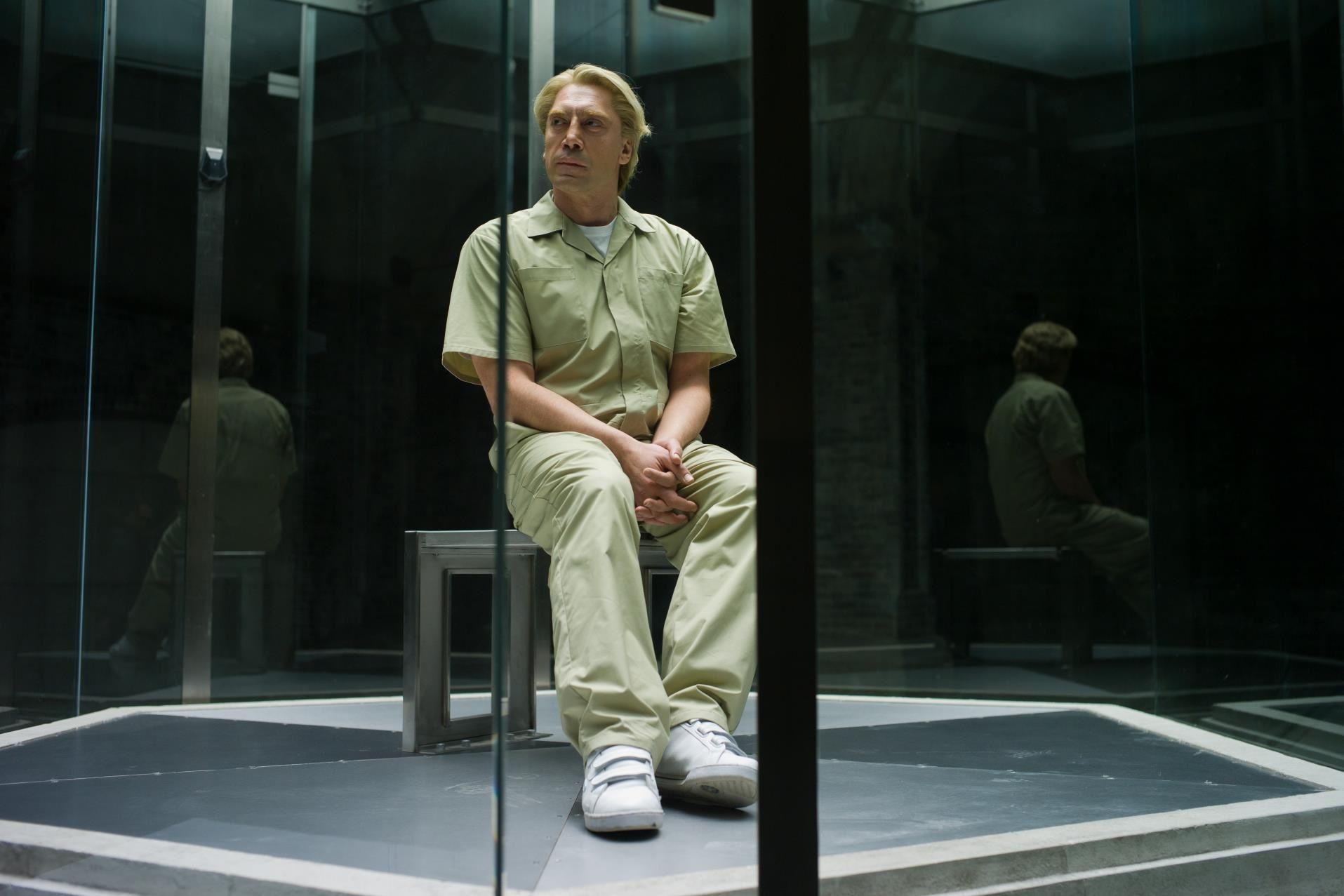
Oddjob (Harold Sakata)
-
- Portrayed by: Harold Sakata
- Debut Film: “Goldfinger” (1964)
- Distinctive Trait: Deadly bowler hat; loyal enforcer of Auric Goldfinger.
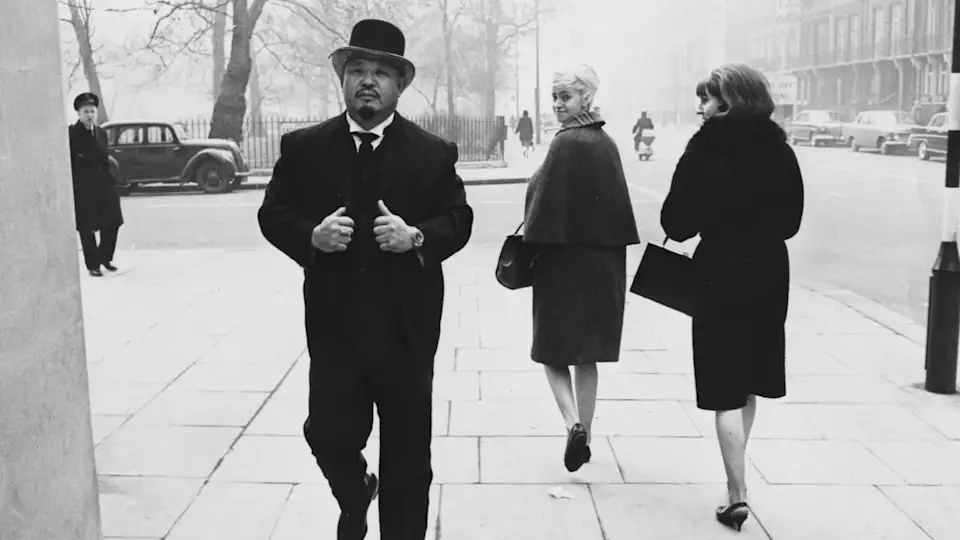
Max Zorin
-
- Portrayed by: Christopher Walken
- Debut Film: “A View to a Kill” (1985)
- Distinctive Trait: Deranged industrialist; plans to destroy Silicon Valley.

Franz Sanchez
-
- Portrayed by: Robert Davi
- Debut Film: “Licence to Kill” (1989)
- Distinctive Trait: Ruthless drug lord; seeks vengeance on Bond.
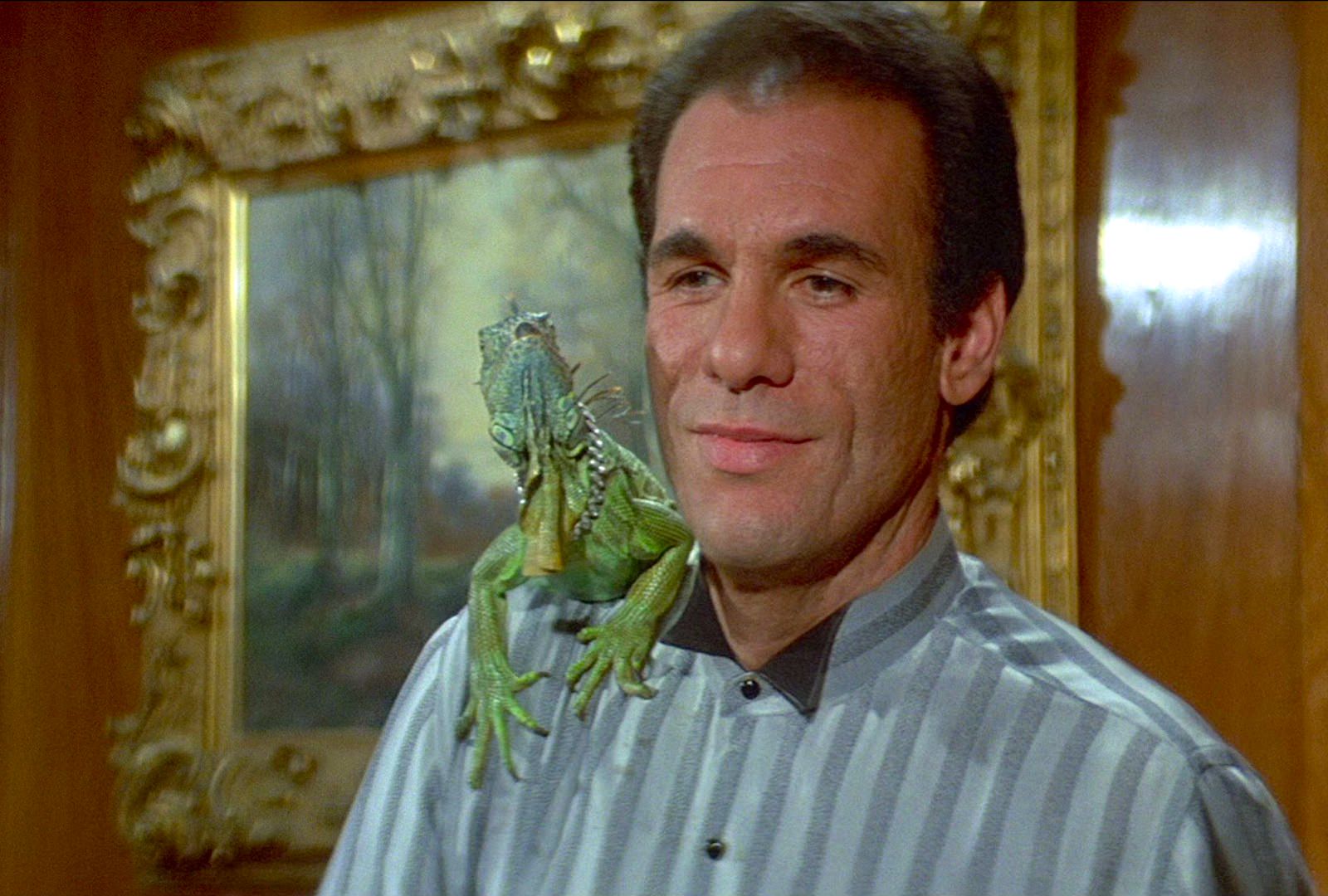
Dominic Greene
-
- Portrayed by: Mathieu Amalric
- Debut Film: “Quantum of Solace” (2008)
- Distinctive Trait: Eco-terrorist; manipulates governments for personal gain.
Dr. Kananga (Mr. Big)
-
- Portrayed by: Yaphet Kotto
- Debut Film: “Live and Let Die” (1973)
- Distinctive Trait: Dual identity; plans to flood the US with heroin.
-
- Portrayed by: Sophie Marceau
- Debut Film: “The World Is Not Enough” (1999)
- Distinctive Trait: Heiress with a tragic past; collaborates with the main antagonist.
Rosa Klebb
-
- Portrayed by: Lotte Lenya
- Debut Film: “From Russia with Love” (1963)
- Distinctive Trait: Former KGB operative; utilizes a concealed poison-tipped blade in her shoe.
Le Chiffre
-
- Portrayed by: Mads Mikkelsen
- Debut Film: “Casino Royale” (2006)
- Distinctive Trait: Mathematical genius; banker for terrorists.
-
- Portrayed by: Michael Lonsdale
- Debut Film: “Moonraker” (1979)
- Distinctive Trait: Billionaire industrialist; plans to wipe out humanity and create a master race.
Renard
-
- Portrayed by: Robert Carlyle
- Debut Film: “The World Is Not Enough” (1999)
- Distinctive Trait: Cannot feel physical pain; seeks revenge against MI6.
Elliot Carver
-
- Portrayed by: Jonathan Pryce
- Debut Film: “Tomorrow Never Dies” (1997)
- Distinctive Trait: Media mogul; orchestrates international crises for news coverage.
Emilio Largo
-
- Portrayed by: Adolfo Celi
- Debut Film: “Thunderball” (1965)
- Distinctive Trait: Operates from a hidden base; plans to extort money using nuclear weapons.
Xenia Onatopp
-
- Portrayed by: Famke Janssen
- Debut Film: “GoldenEye” (1995)
- Distinctive Trait: Deadly femme fatale; derives pleasure from killing.
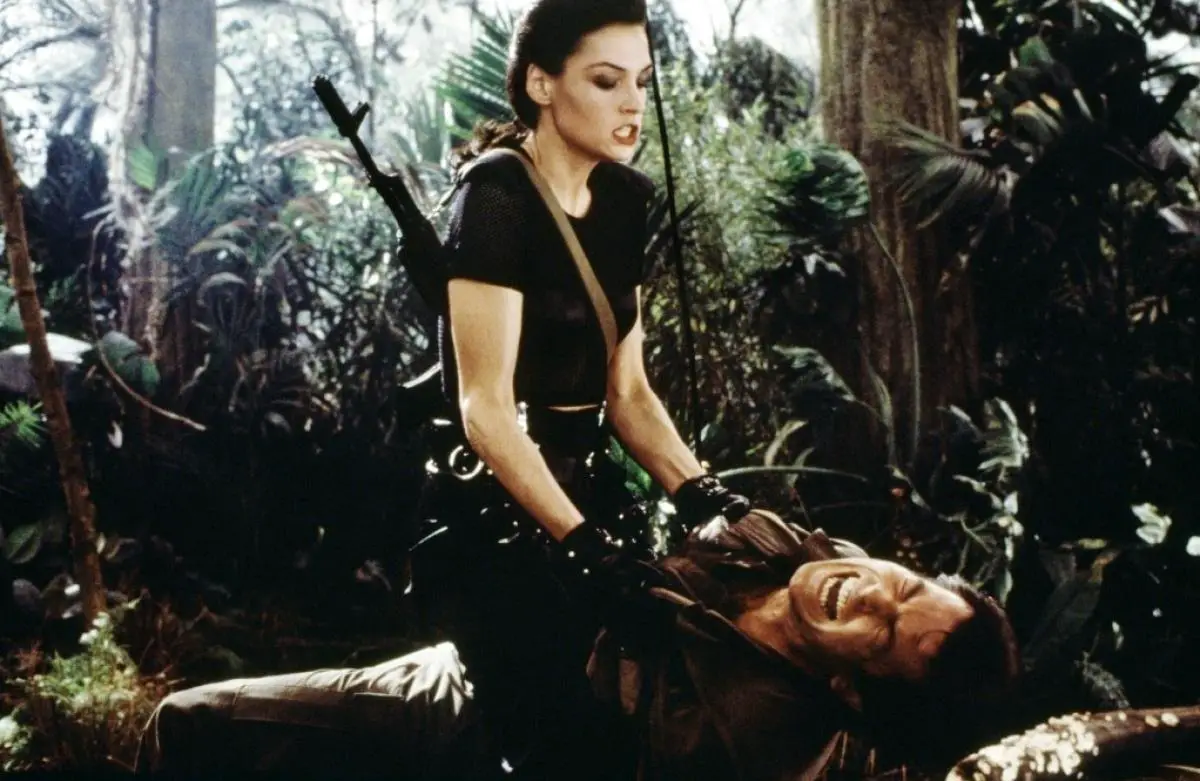
Karl Stromberg
-
- Portrayed by: Curd Jürgens
- Debut Film: “The Spy Who Loved Me” (1977)
- Distinctive Trait: Eccentric marine enthusiast; plans to trigger a nuclear war.
Alec Trevelyan
-
- Portrayed by: Sean Bean
- Debut Film: “GoldenEye” (1995)
- Distinctive Trait: Former MI6 agent turned traitor; seeks revenge on the British government.
Mr. White
-
- Portrayed by: Jesper Christensen
- Debut Film: “Casino Royale” (2006)
- Distinctive Trait: High-ranking member of Quantum organization; involved in various criminal activities.
General Orlov
-
- Portrayed by: Steven Berkoff
- Debut Film: “Octopussy” (1983)
- Distinctive Trait: Soviet general; plans to provoke a nuclear war between NATO and the Warsaw Pact.
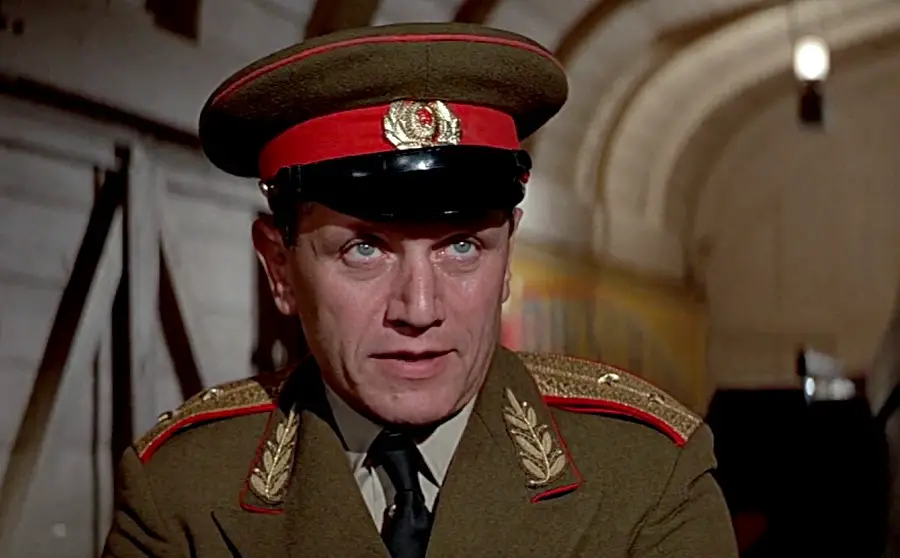
-
- Portrayed by: Louis Jourdan
- Debut Film: “Octopussy” (1983)
- Distinctive Trait: Smuggler and black marketeer; collaborates with General Orlov.

Brad Whitaker
-
- Portrayed by: Joe Don Baker
- Debut Film: “The Living Daylights” (1987)
- Distinctive Trait: Arms dealer with a fascination for military history.
Gustav Graves
-
- Portrayed by: Toby Stephens
- Debut Film: “Die Another Day” (2002)
- Distinctive Trait: Identity hidden by gene therapy; aims to use a satellite weapon for world domination.
Scaramanga
-
- Portrayed by: Christopher Lee
- Debut Film: “The Man with the Golden Gun” (1974)
- Distinctive Trait: Skilled assassin with a golden gun; duels Bond in a lethal game.
The Dynamics of Google Trends
Google Trends unravels not only rankings but also insights into the factors that influence a villain’s popularity. From memorable quotes to standout scenes, every facet contributes to their enduring appeal.
Villains Through the Ages
As the Bond series has evolved, so have its villains. From the suave sophistication of the early films to the gritty realism of the modern era, each generation of villains brings something unique to the franchise.
The realm of Bond villains remains an enticing tapestry of malevolence, intrigue, and charisma. With their myriad motivations and distinct traits, these characters have become an integral part of cinematic history. As Google Trends continues to reflect shifting interests, the rankings might fluctuate, but the undeniable allure of the Bond villain endures.
Spectre The Board Game
FAQ :
1. What makes Bond villains so iconic?
Bond villains have cemented their iconic status by embodying a perfect blend of charisma, cunning, and complexity. Unlike one-dimensional antagonists, Bond villains often possess motivations that are as intriguing as the hero’s, making them memorable and relatable. Their distinct traits, coupled with exceptional portrayals by talented actors, contribute to their lasting impact on popular culture.
2. Why are some Bond villains more popular than others?
The popularity of Bond villains is a result of various factors. Memorable catchphrases, unique physical traits, and standout scenes play a role. Additionally, the societal and political context of their respective films can contribute to their resonance. Villains with relatable motivations or those who challenge Bond on a personal level tend to leave a deeper impression.
3. How has the portrayal of Bond villains evolved over time?
Bond villains have evolved alongside the franchise. Early villains often exhibited a straightforward desire for world domination, while modern villains delve into more complex psychological realms. The shift from caricature-like characters to multi-dimensional individuals has added depth and realism to the Bond universe, mirroring changing audience expectations.
4. What impact do henchmen have on the villain’s portrayal?
Henchmen provide a dynamic contrast to the main villain’s persona. They serve as the enforcers, showcasing their loyalty and capabilities. A memorable henchman can elevate a villain’s threat level and provide memorable action sequences. Iconic henchmen like Jaws have become cultural touchpoints, demonstrating their significance in the Bond mythos.
5. Are there any real-life inspirations behind Bond villains?
While Bond villains are fictional characters, some are inspired by real-world figures or events. Cold War tensions influenced the creation of certain villains, mirroring geopolitical realities. However, the characters are typically exaggerated and fictionalized to fit the larger-than-life nature of the Bond franchise.
6. What role does technology play in shaping Bond villains’ schemes?
Technology often serves as a vehicle for Bond villains’ grand schemes. From satellites capable of global destruction to hacking capabilities that disrupt nations, technology adds a futuristic dimension to their aspirations. It also reflects societal anxieties about the potential misuse of advanced technology.
7. Why do some Bond villains have personal vendettas against Bond?
Personal vendettas create emotional stakes and drive the narrative. Bond’s actions might have inadvertently affected a villain’s life, leading to a desire for revenge. This adds complexity to the antagonist’s motivations and creates a more intense conflict between the characters.
8. How do Bond villains compare to other cinematic antagonists?
Bond villains stand out due to their distinctive blend of charm and menace. They often possess a touch of sophistication that sets them apart from more straightforward villains. Their motivations, which can range from greed to ideological convictions, make them intriguing and sometimes even relatable.
9. Do Bond villains ever achieve their goals?
While Bond usually thwarts their plans, some villains achieve partial success or leave lasting impacts. The destruction of certain locations or organizations might still resonate in subsequent films, showcasing the villains’ lasting influence on the Bond universe.
10. What makes Bond villains timeless and relevant to audiences today?
Bond villains tap into universal themes of power, greed, and the battle between good and evil. Their complexities and motivations mirror human nature, ensuring that they remain relevant across generations. The franchise’s ability to reinvent villains for modern contexts while retaining core elements of intrigue and charisma contributes to their timeless appeal.
Conclusion
The legacy of Bond villains is etched into cinematic history, standing as a testament to the allure of the dark side. From classic masterminds to modern enigmas, these characters have evolved and adapted to reflect the times while maintaining their timeless appeal. As Google Trends data continues to illuminate shifting curiosities, one thing remains constant: the bond between the audience and the enigmatic world of Bond villains.
Watch Other Point of view :

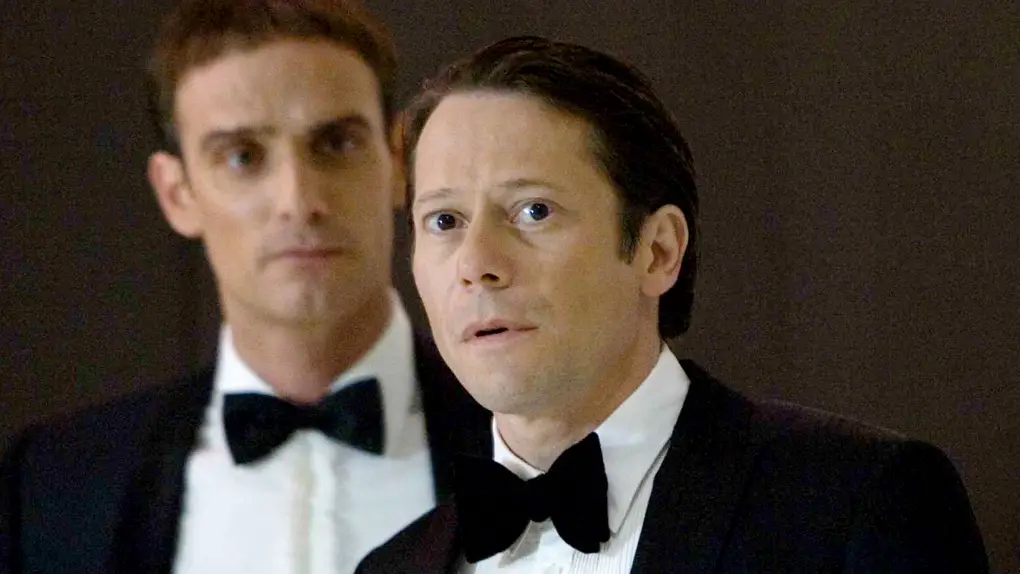

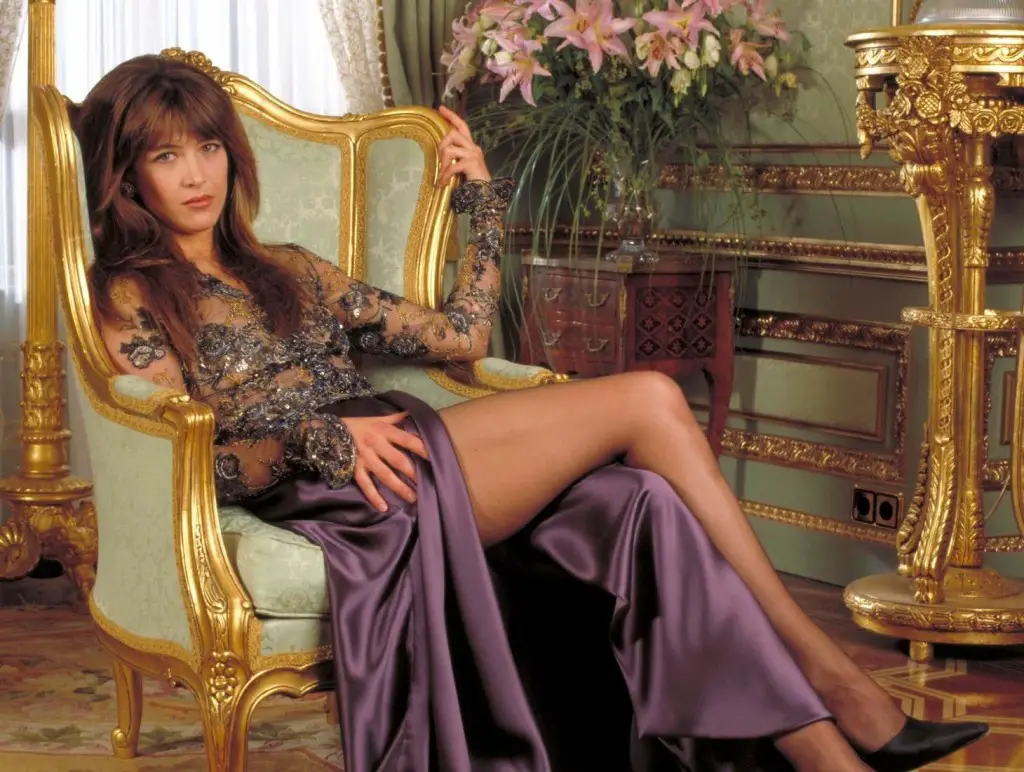

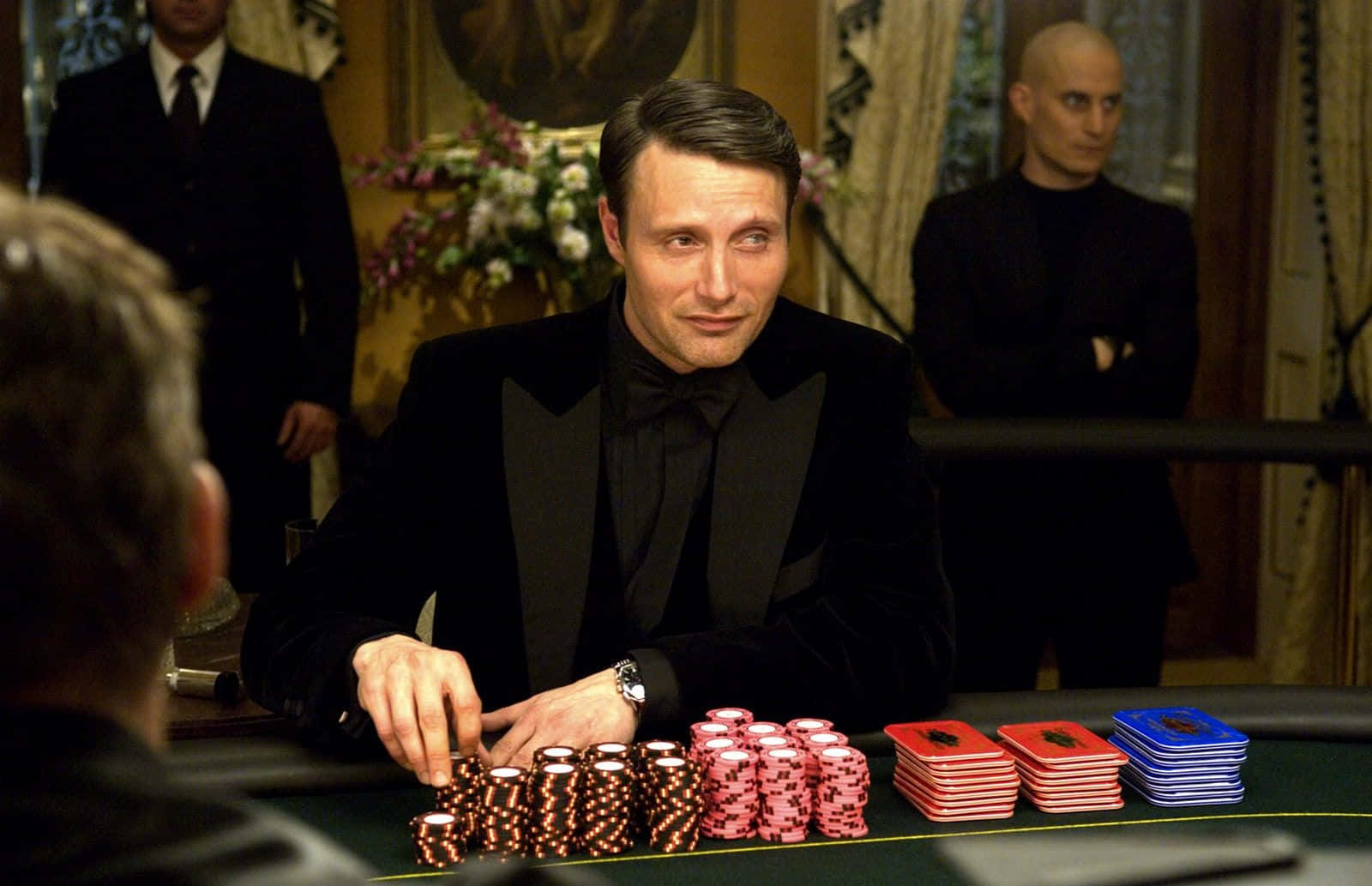




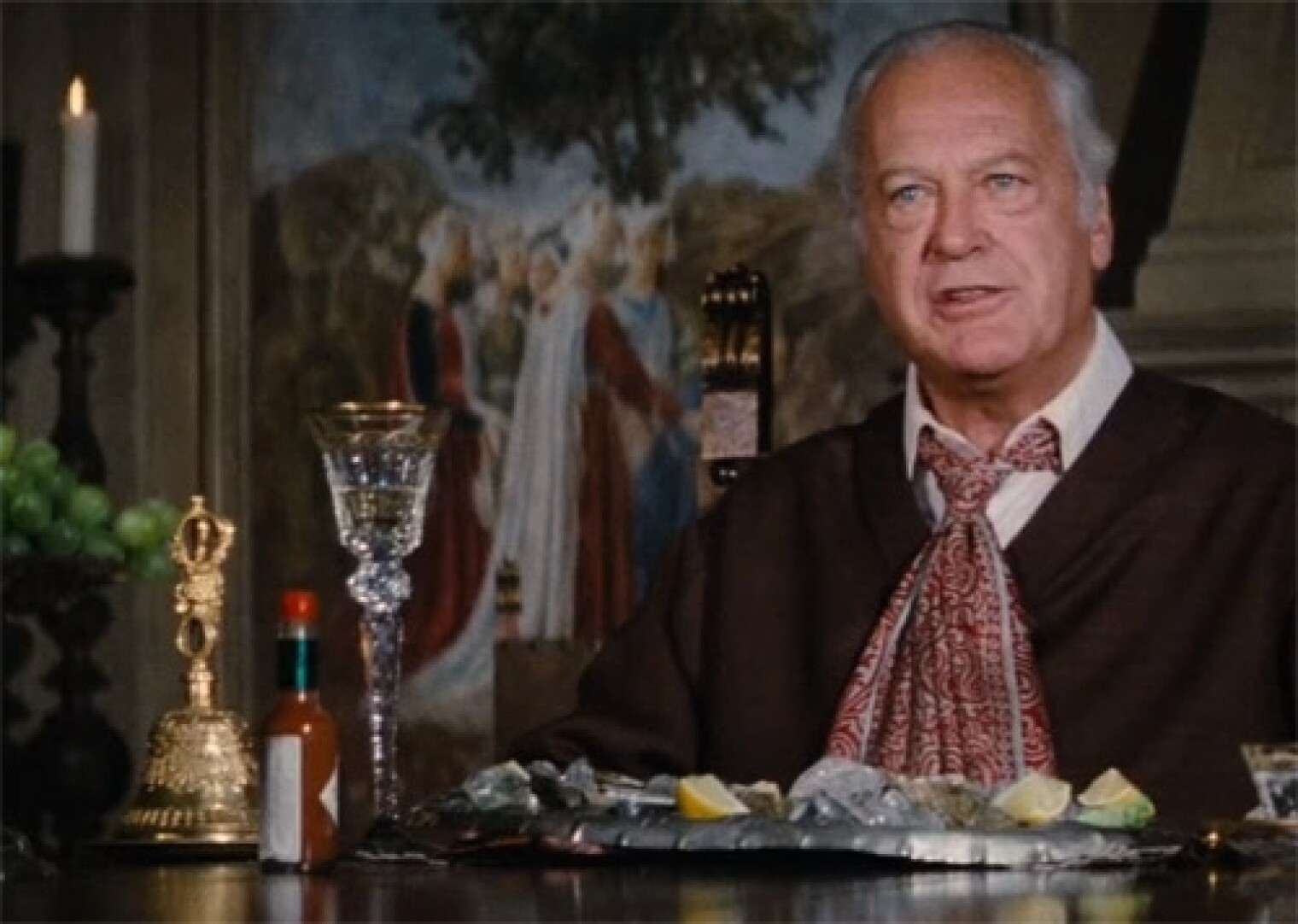







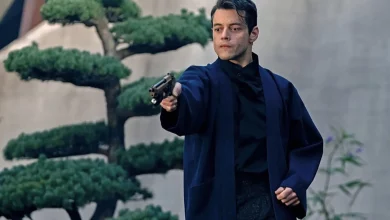
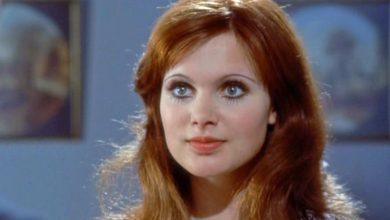
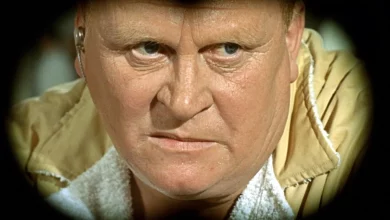


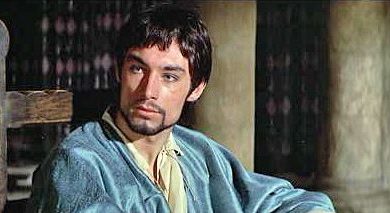

4 Comments